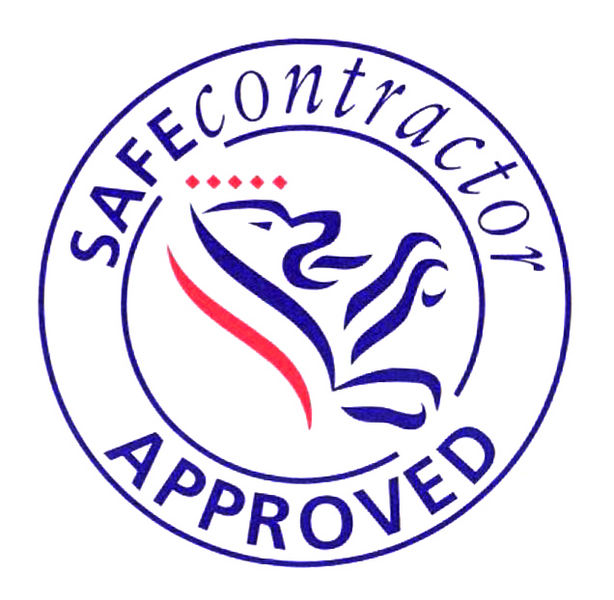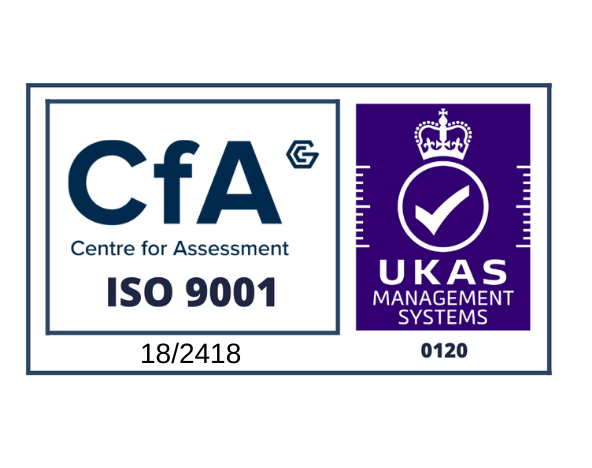Refurbish or Replace? Making the Right Call for Ageing Steel
Refurbish or Replace? Making the Right Call for Ageing Steel
Steel is one of the most durable and versatile materials in construction, known for its strength, resilience and long-term performance. From staircases and balconies to handrails and structural framework, steel can last for decades when properly maintained; However, even the toughest materials aren’t immune to wear and tear, especially when exposed to the elements and frequent use.
At BradFabs, we understand that customers often face a difficult choice when it comes to ageing or damaged steelwork, should you refurbish it or replace it entirely? Both options come with their own costs, benefits and limitations. So what are some of the factors you should consider when choosing between refurbishment or replacement?
The Case for Refurbishment
Refurbishing existing steelwork is often the most cost-effective and environmentally friendly option. It typically involves repairing damage, removing corrosion, applying protective coatings and restoring the steel to a usable condition. For mild surface rust, small cracks and cosmetic damage, refurbishment can help to extend the life of a steel structure by years.
Refurbishment is particularly favourable when the core structural integrity of the steel is still intact. For example, a fire escape with minor corrosion might only need surface cleaning, rust removal and repainting with a protective finish to remain compliant with safety standards, and can still remain in use for emergencies during the refurbishment proses.
In many cases, refurbishment can also be completed much faster than full replacement. This reduces downtime and minimises disruption, which is especially important in commercial or public environments. Additionally, refurbishing steel can reduce waste and lower the environmental impact of your project, supporting sustainable construction practices.
When Replacement Becomes Necessary
Despite the advantages of refurbishment, there are some situations where full replacement is not only advisable but essential. One of the most important factors in this is safety; If steelwork has deteriorated to the point where its structural integrity is compromised, refurbishment may not be enough to meet legal safety requirements or industry standards.
Severe rust, deep pitting and structural fatigue can all indicate that your steel has weakened beyond safe use. Load-bearing components with visible deformation or weld failures should never be left in service. In such cases, continuing to use the damaged structure can lead to failure, injury or costly legal issues.
Replacement is also the better choice when steelwork no longer meets current regulations or cannot be modified to do so. Building codes and safety standards change over time, and older installations may no longer be compliant. In these situations, replacing the outdated system ensures that you are meeting legal obligations while benefiting from improved design, materials and functionality.
Another factor is cost-effectiveness. If ongoing maintenance or repeated repairs have become to expensive and time-consuming, a one-time investment in a new installation might offer better long-term value. This is particularly relevant for commercial or industrial premises where reliability and durability are critical.
Assessing the Condition of Your Steelwork
Regular inspection is the key to making informed decisions about your steelwork. Visual checks for signs of rust, loose fixings, cracks and damaged welds can help identify issues before they become serious. If you suspect deeper problems, a professional inspection by a qualified steel fabricator or structural engineer can provide a more detailed assessment.
The location of the steel structure also plays a role. Outdoor steelwork is exposed to moisture, temperature changes and pollution, which can accelerate corrosion. Coastal locations in particular are especially vulnerable to weather damage. Indoor steel in dry, controlled environments, on the other hand, can last significantly longer with minimal maintenance.
If your steel structure is more then 15 years old, it's worth considering a professional review to determine its remaining lifespan and whether refurbishment is still a viable option. In some cases, proactive replacement may be more cost-effective than emergency repairs further down the line.
How Can We Help?
As a leading steel fabrication specialist with over 30 years of experience, BradFabs offers a full range of services for both refurbishment and replacement projects. Whether you need a bespoke steel staircase, balcony, balustrade or mezzanine floor, we can assess the condition of your existing structure and provide expert advice on the best course of action.
If refurbishment is appropriate, our team can carry out repairs, surface treatments and re-coating to give your steel a new lease of life. If replacement is required, we can design and fabricate a custom solution tailored to your needs, complete with professional installation and long-term support.
We use high-quality materials and precision manufacturing techniques to ensure that your new steelwork is built to last. Our focus is always on safety, durability and aesthetic appeal, ensuring that your investment delivers value over the long term.
Final Thoughts
Steel is an excellent material for construction, but like all materials, it requires proper maintenance and periodic reviews. Deciding whether to refurbish or replace steelwork depends on a range of factors including age, condition, usage, location and regulatory compliance.
If you're unsure about the right path for your steel structures, BradFabs is here to help. We offer honest, expert advice based on years of industry experience, ensuring that you get a solution that's safe, cost-effective and built to last.
To learn more or to book a site assessment, contact us today and see how we can support your next project.







